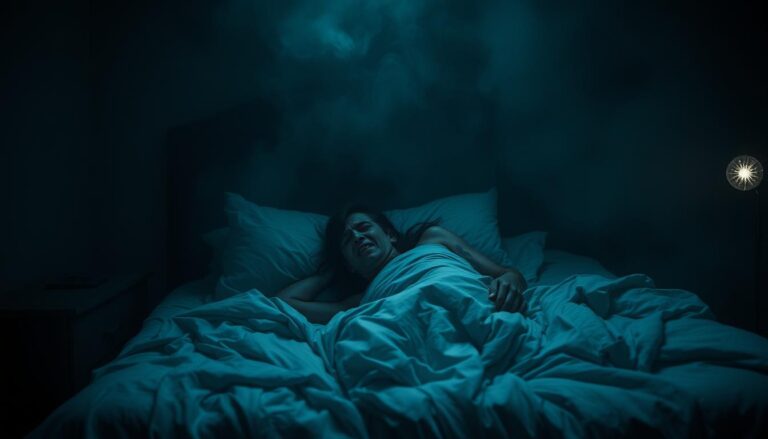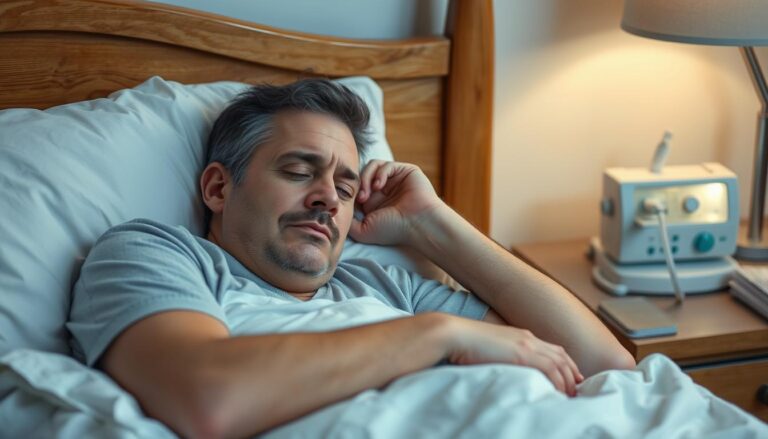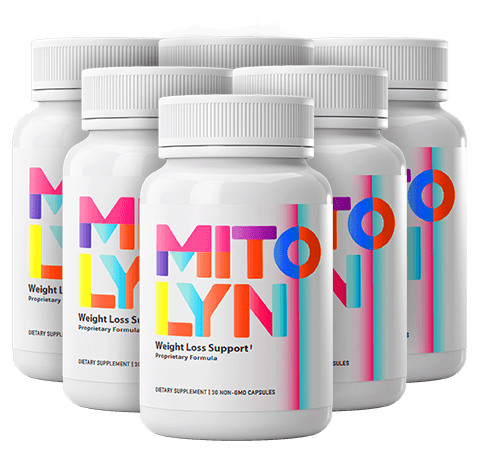
Did you know up to 40% of people with CPAP therapy don’t use it often? CPAP is a common first treatment for sleep apnea. But, many find it uncomfortable or hard to keep up with. This article looks at mild sleep apnea treatments without CPAP, focusing on easy-to-use options that fit your life.
Mild sleep apnea affects millions in the U.S. It’s not just a small issue. Even small breathing problems at night can cause daytime tiredness and trouble focusing. If CPAP isn’t working for you, there are other ways to help. These include oral appliances and changes in your lifestyle that can make sleeping better.
Key Takeaways
- Over 40% of CPAP users don’t stick with the therapy, opening the door for non-CPAP options.
- Custom MAD devices resolve OSA completely in one-third of patients, reducing AHI to under 5 events per hour.
- Weight loss of 10% or more can significantly cut severe OSA cases, even without major lifestyle overhauls.
- Positional therapy reduces nighttime breathing pauses by targeting sleep posture, though long-term use can be tricky.
- Discussing alternatives like oral appliances or surgery with your doctor is key to finding a personalized plan.
Understanding Mild Sleep Apnea: Symptoms and Diagnosis
Knowing the signs of mild sleep apnea early is key. It opens the door to mild sleep apnea treatment without CPAP or alternative treatments for mild sleep apnea. Here’s what you need to know:
How Mild Sleep Apnea Differs from Moderate and Severe Forms
Severity levels depend on your apnea-hypopnea index (AHI):
– Mild: 5–15 breathing pauses per hour.
– Moderate: 15–30 pauses.
– Severe: Over 30 pauses.
Common Symptoms You Shouldn’t Ignore
Key signs include:
– Snoring followed by gasping or choking.
– Waking up with dry mouth or headaches.
– Daytime fatigue even after full sleep.
– Partners noting irregular breathing patterns.
When to Seek Professional Help
See a doctor if symptoms last. Tests like polysomnography (sleep study) or home monitoring can confirm it. Early action stops heart issues or high blood pressure. Even mild cases need attention.
Mild Sleep Apnea Treatment Without CPAP: Your Options
Looking for ways other than CPAP for mild sleep apnea? Non-CPAP options for treating mild sleep apnea can meet your comfort and lifestyle needs. Over 30% of patients find CPAP hard to stick with. But, options like oral appliances or positional therapy can help. Let’s look at what you can choose:

“Adherence to CPAP therapy remains a challenge for many patients, highlighting the need for personalized alternative treatments for mild sleep apnea,” says the National Institutes of Health.
- Oral Appliances: Custom-fit devices like mandibular advancement devices reposition the jaw to open airways. They’re effective for some but require dental fittings and yearly checkups.
- Positional Therapy: Sleeping on your side with specialized pillows or sensors reduces episodes caused by lying flat on your back.
- Oral Appliances: The FDA-approved Inspire device stimulates airway muscles for those over 22 who’ve tried CPAP without success.
- Lifestyle Adjustments: Weight loss and avoiding alcohol reduce symptoms but aren’t standalone sleep apnea solutions without CPAP.
- Surgery: Procedures like UPPP target anatomical issues, though they’re reserved for severe cases or anatomical blockages.
Talk to your healthcare provider about non-CPAP options for treating mild sleep apnea. Options like nerve stimulators in trials offer hope, but effectiveness varies. Choose based on your health, symptoms, and lifestyle. A sleep specialist can help find the best option for you.
Lifestyle Changes That Make a Difference
Small changes in daily habits can greatly help with mild sleep apnea. A holistic approach to mild sleep apnea treatment includes lifestyle changes for mild sleep apnea management. These changes focus on sleep patterns, diet, and environment. They often reduce symptoms without needing medical devices.
Weight Management Strategies for Better Sleep
Extra weight puts pressure on airways. Losing just 10% of body weight can cut apnea episodes in half. Try to exercise for 150 minutes a week, like brisk walks or swimming. This improves oxygen flow and reduces throat tissue buildup.
Eat balanced meals low in processed foods. This will help you see steady progress.
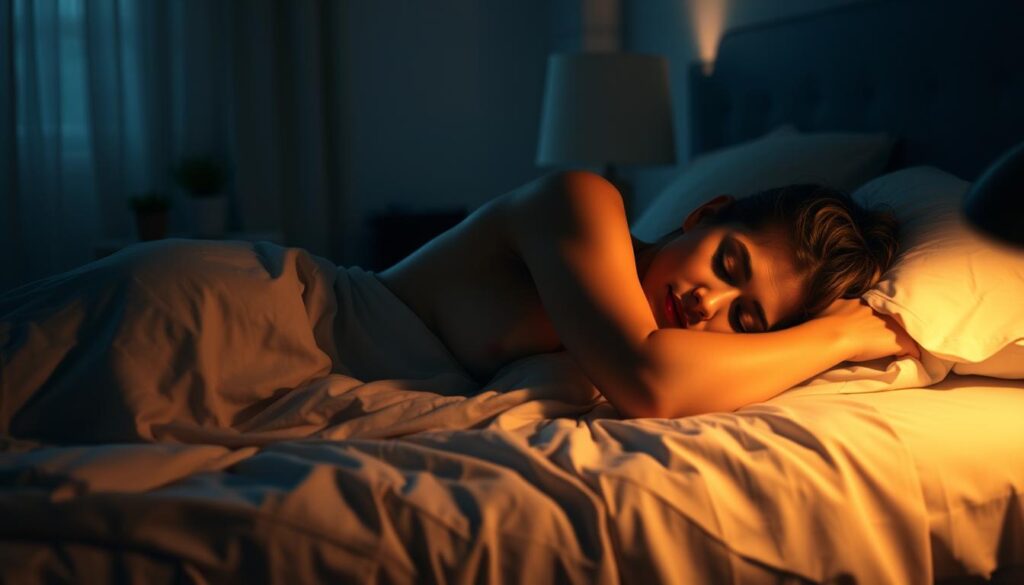
Sleep Position Techniques to Reduce Apnea Episodes
Sleeping on your back can block airways. A study found 62% of OSA patients get worse symptoms this way. Here are some fixes:
- Use a wedge pillow to raise your head 30°
- Wear a snug-fitting shirt with a tennis ball sewn in the back to deter rolling onto your back
- Test positional therapy devices like the SleepTight or positional alarms
| Position | Impact |
|---|---|
| Back Sleeping | Increases episodes |
| Side Sleeping | Reduces episodes by 50%+ |
| Stomach Sleeping | Moderate improvement |
Avoiding Alcohol and Sleep Medications
Alcohol relaxes throat muscles, making breathing pauses worse. Stop drinking 3–4 hours before bed. Avoid benzodiazepines or muscle relaxants, as they slow breathing. Instead, try herbal teas or warm milk.
Establishing a Consistent Sleep Schedule
Set a fixed bedtime and wake time, even on weekends. Create a calming routine: dim lights 1 hour before bed, and limit screens. Stick to this plan for 2 weeks to reset your body clock.
These changes work best when combined. For example, pairing weight loss with positional therapy can cut symptoms more than either alone. Track progress with a sleep journal to stay motivated.
Natural Remedies and Holistic Approaches
Natural remedies can help with mild sleep apnea. They work with medical advice to improve breathing at night. A holistic approach strengthens airway muscles and reduces inflammation. Let’s look at safe, backed practices to try with a doctor’s help.
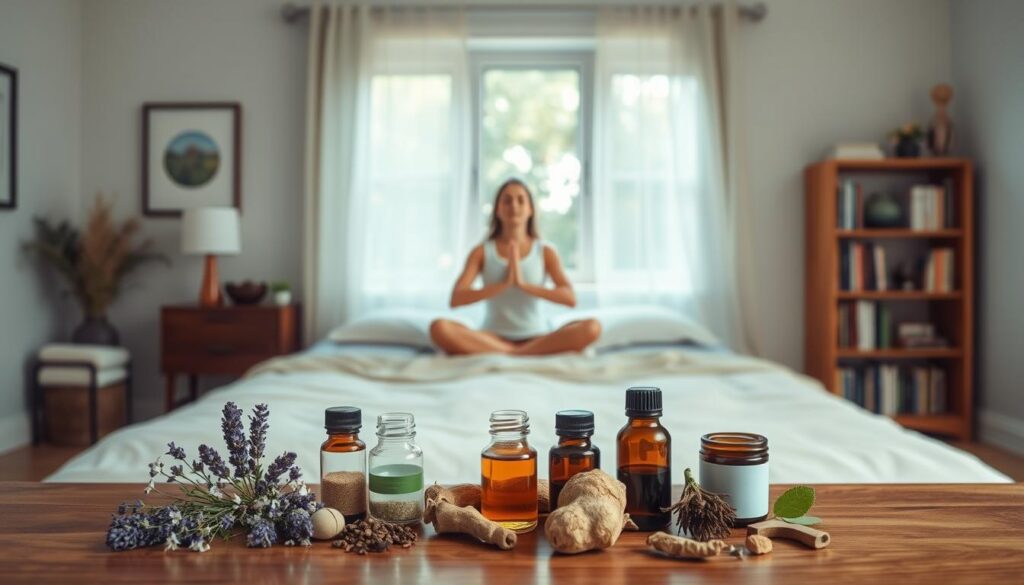
Myofunctional therapy focuses on tongue and throat muscles. Try these simple exercises:
- Tongue presses: Press the tongue to the roof of your mouth for 5-10 seconds, 3 times a day.
- Lip pursing: Hold lips tightly together for 2 minutes daily to strengthen facial muscles.
- Soft palate lifts: Use a tongue depressor to gently lift the soft palate and hold for 5 seconds.
Singing or playing wind instruments like the didgeridoo can help. A 2017 study found it lessened daytime sleepiness. Yoga poses like the “child’s pose” or “bridge pose” may also ease breathing by opening nasal passages.
Some people try herbal supplements like valerian root or chamomile to relax. But results vary. Always talk to a healthcare provider before trying supplements, as they can interact with medications.
A holistic approach means combining these practices with lifestyle changes. This includes weight management and avoiding alcohol. Pairing natural methods with sleep position adjustments—like using a side-sleeping pillow—can create a balanced plan. Even small changes, like elevating your head slightly while sleeping, might help. Always discuss these options with your doctor to ensure safety and effectiveness.
Innovative Devices and Therapies for Mild Sleep Apnea
Looking into innovative treatments for mild sleep apnea means finding options that are comfy and easy. There are dental devices and smart tech that help without a CPAP. Now, there are FDA-approved choices that are backed by science.
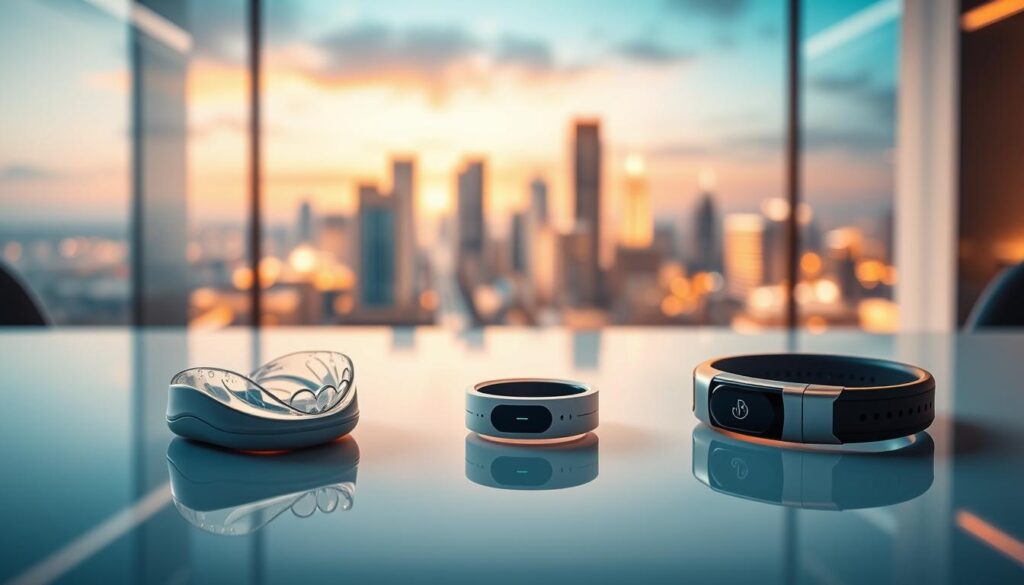
Oral Appliances: How They Work and Which to Choose
Mandibular advancement devices move your jaw forward, opening your airway. These custom mouthpieces are FDA-approved and studied at the Mayo Clinic. There, 76% of patients saw their symptoms lessen.
Tongue-retaining devices keep your tongue from blocking your airway. Talk to your dentist about these effective therapies. Studies show custom-made devices work better than store-bought ones. The American Academy of Sleep Medicine suggests them for those who can’t use CPAP.
Positional Therapy Tools and Technologies
Wearing a CPAP can be tough. Wearable sensors now tell you to change your sleep position. Vibration belts or smart pillows help you sleep on your side.
Research shows avoiding back-sleeping helps. These sleep apnea solutions without CPAP are great for those who can’t handle PAP masks.
Emerging Treatments Worth Discussing With Your Doctor
New options like Inspire therapy keep airways open by stimulating nerves. Nasal EPAP valves use pressure to keep breathing steady. The Mayo Clinic is testing new clinics for those who can’t use CPAP.
These therapies are FDA-cleared and show promise for long-term relief.
Conclusion: Creating Your Personal Sleep Apnea Management Plan
Your journey to better sleep starts with understanding your options for mild sleep apnea treatment without CPAP. Dr. Shah said there’s no one-size-fits-all solution. Effective therapies often mix lifestyle changes, devices like oral appliances, and regular doctor visits.
For example, mandibular advancement devices can reduce AHI by 64% in some studies. This shows they’re a good alternative when used right.
Start small. Losing 10% of your body weight can cut AHI by 26%. Also, avoid alcohol before bed to stop breathing pauses at night.
If you sleep in a certain position, try special pillows or positional therapy tools. Keep a sleep diary to track how these changes help. Note any improvements in energy or snoring.
CPAP’s low adherence rates show many prefer other options. If a CPAP mask is uncomfortable, talk to your doctor about other devices. Remember, mild sleep apnea increases heart disease risk, so sticking to a plan is important.
Work with your doctor to find the right mix of treatments. Maybe start with a MAD and adjust as needed. Celebrate small wins, like fewer morning headaches or better focus during the day.
Your health improves when treatments fit your life. Take the first step today. Choose one strategy from this guide and make that doctor’s appointment. Better sleep is waiting for you.






